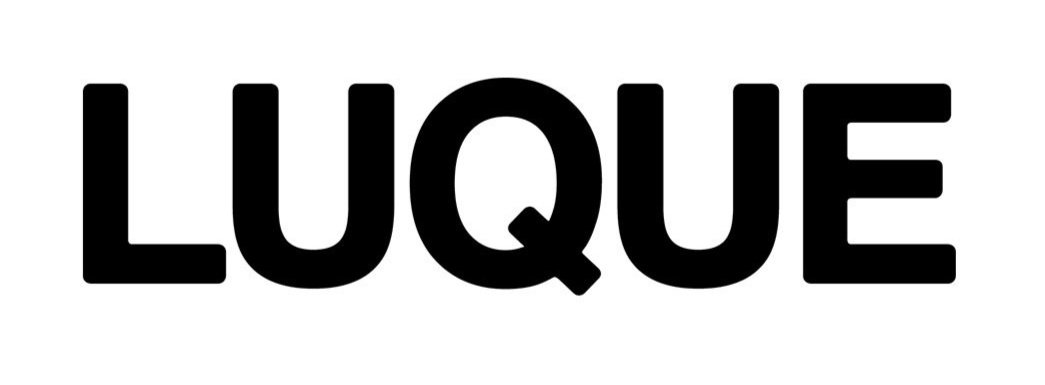NFTs! WTF?
Image via IG/@girl_storage
NFTs! WTF?
The Basics
The NFT craze is in full swing. If you’ve got diamond hands, skip this paragraph on the basics. For the uninitiated, NFTs are “Non-Fungible Tokens.” An NFT is a digital certificate of authenticity for a unique piece of digital art or collectible. Since digital files can easily be copied, downloaded, and reproduced, NFTs act as proof of ownership of an individual file so the buyer of an NFT can treat it the same as a tangible one-of-a-kind item. NFTs are nothing new for digital artists (launched in 2014), but they have discovered the spotlight in the last few months as people have been cooped up inside and digital art elevated to a higher status in the art world. You might have heard of the record-breaking sale of Beeple’s digital collage on Christie’s for $69 million. Most recently, one of our faves Jen Stark minted her first piece which sold for $267k.
So, what does this all mean and how does this change the landscape for artists? NFTs are appealing because they create a new channel of potential revenue for artists and give artists more control in how they monetize their work. With NFTs, many artists can now sell directly to their audience without the need for gallery representation or an agent. It has also allowed artists that aren’t traditionally represented to bypass the gatekeepers and reach their audience. While these works are astronomical in price, most works of art sell for less than .1 WETH, or under $200. Most NFTs are bought using “wrapped” Ethereum, which is a type of cryptocurrency that has been popularized by the usage of “blockchain” technology. The blockchain is a transparent ledger that records and displays all the transaction or ownership history of an item, like a bitcoin or an NFT.
Similar to traditional works of art, NFTs represent the sale of a unique item that lives in the digital space. An NFT can be any form of digital art– images, a series of images, videos, audio, a video game, a website. The Cryptobaebes are even offering a real-life, personalized immersive experience. Once NFTs are created, they cannot be edited or deleted unless the smart contract says otherwise. An NFT can also be tied to a physical item in the real world, but the piece does not include the physical item itself, again, unless the artist specifically states this in a contract. Unlike the norm in the art industry, NFTs rely on “smart contracts,” which aren’t actually contracts but rather code-based instructions built into the digital files that are “minted” or created. Smart contracts record the chain of title of the NFT so you can transparently track every owner. They also allow the creators to automatically receive royalties from every future resale of the work of art, which is uncommon in the traditional art world.
Old Laws, New Uses
While some are calling NFTs the Wild Wild West, old laws of copyright and trademark are still in effect. As a refresher, a copyright is formed as soon as an idea is expressed in tangible form. This gives the creator a bundle of rights-the right to display the work, reproduce the work, sell or license the work, or create derivative works from the original. In these smart contracts, the artist usually gives the buyer the right to own the NFT, display the work, and sell or transfer the NFT, but not usually the ownership of the underlying work. While some artists are including the underlying copyright in their NFT bundle, that’s not currently the norm.
When you buy a piece of art in the real world, you own the physical piece but not the underlying copyright of the work. If you just own the NFT and not the underlying copyright, you can display it (for bragging rights), sell it, lend it, or transfer it, but you can’t make copies of it, use the underlying copyright to make a new work from it, or allow others a license to use or display it, unless you transfer your ownership of the NFT to them.
This issue will continue to be tested, especially in the context of derivative works. Derivative works are new works based on an existing work. There’s a blurry line between infringement, inspiration, and transformation when it comes to new artwork derived from an existing piece.
For example, someone sold an NFT of a video of a print of Banksy being burned. The print was bought for $30k and the video sold for 10x the amount. The digital artist claimed that by burning the work, they created a transformative piece that was a commentary on Banksy’s work, and therefore, not a derivative work subject to copyright infringement. There is still no bright line rule on what’s considered a derivative and liable for infringement, or transformative, and protected by the fair use doctrine. As we’ve seen with Richard Prince, it’s not always an argument worth making.
This information does not, and is not intended to, constitute legal advice. All information, content, and materials are for general informational purposes only. No reader should act, or refrain from acting, with respect to any particular legal matter on the basis of this information without first seeking legal advice from counsel.

